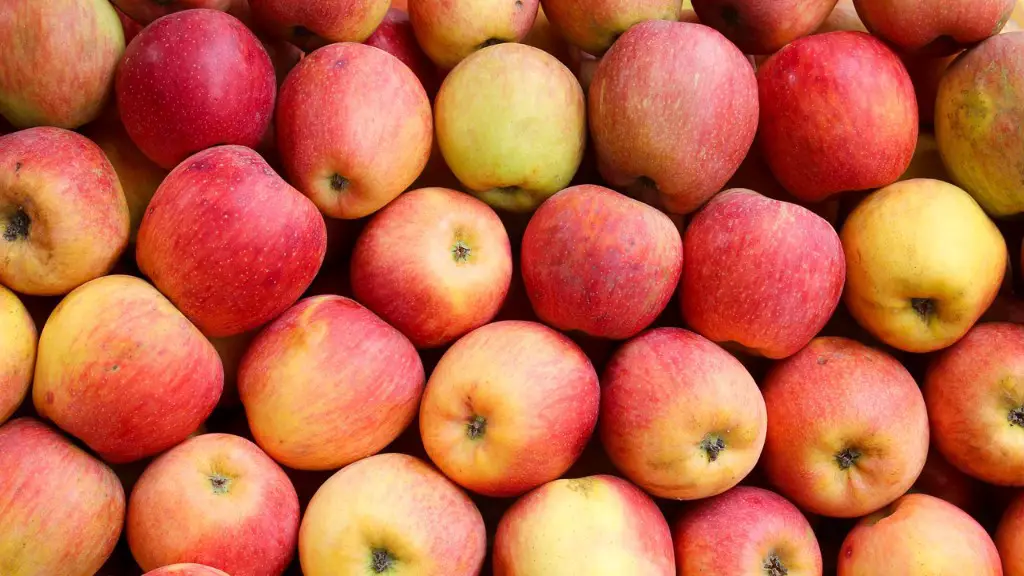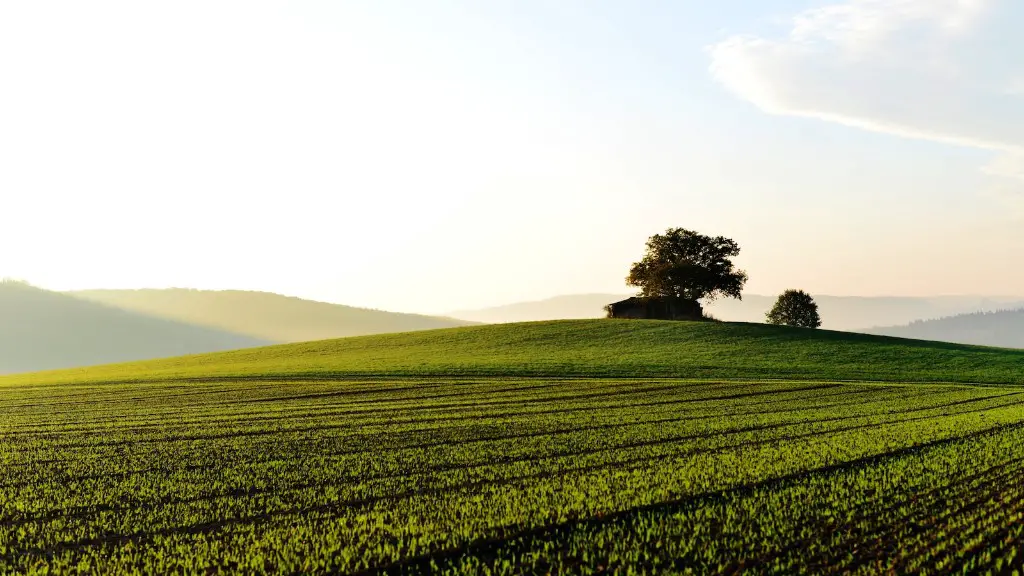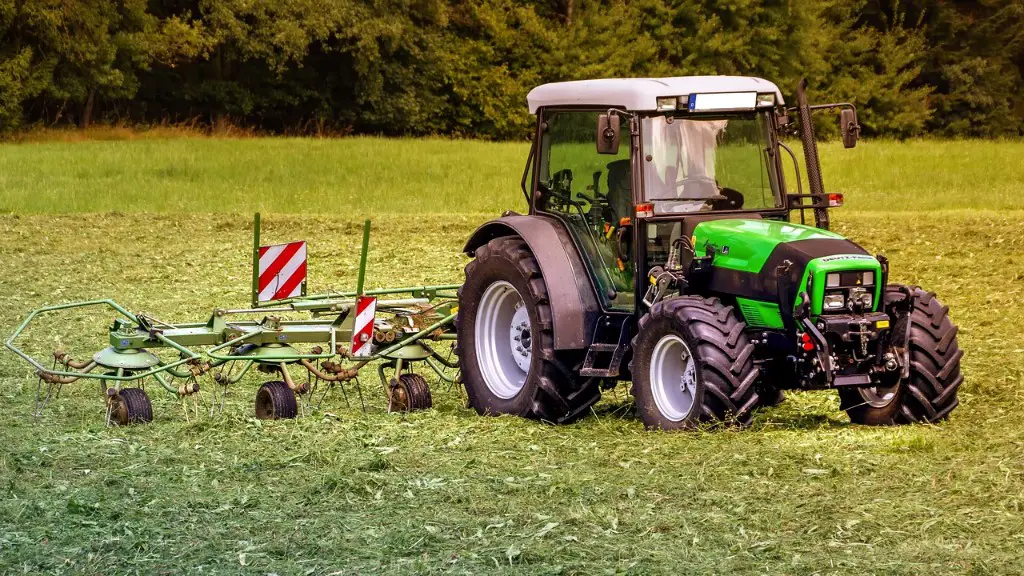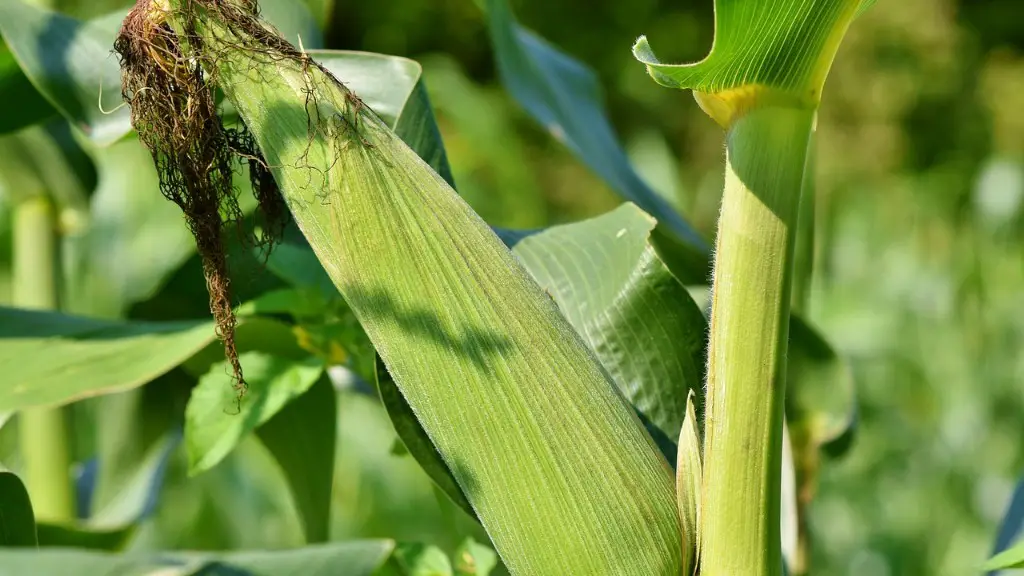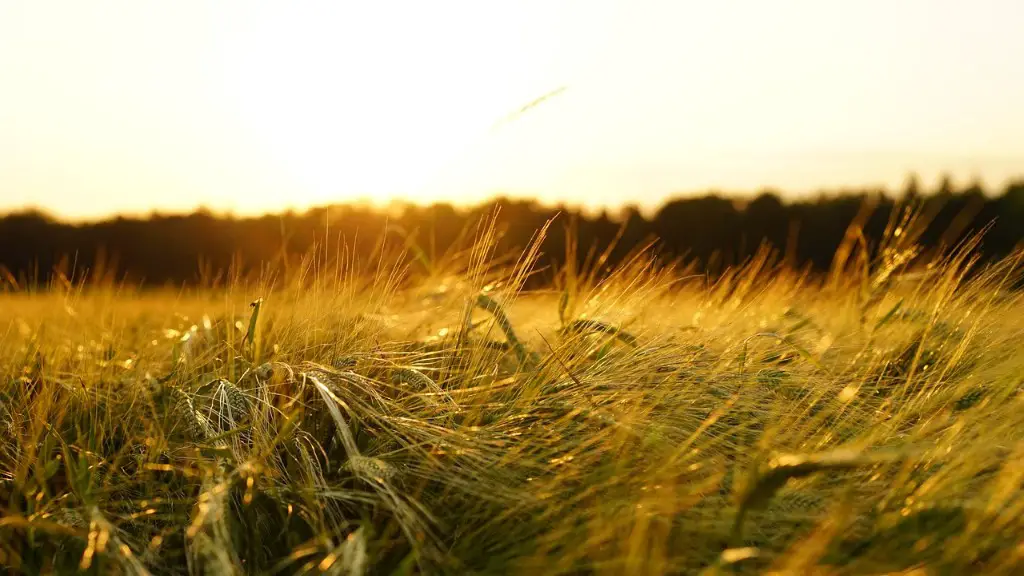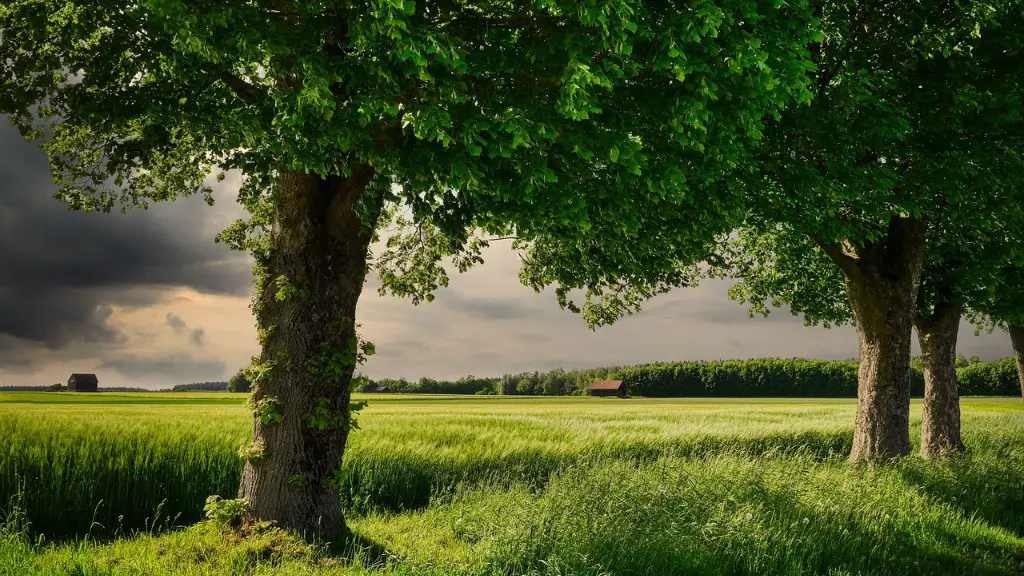Pesticides are an important part of modern agriculture. They are used to protect crops from insect damage and disease, and to improve yields. When used properly, pesticides can be an effective and safe tool for farmers.
However, it is important to be careful when using pesticides. They can be harmful to people and the environment if not used correctly. Here are some tips for using pesticides safely and effectively:
-Read the label carefully before using any pesticide.
-Follow all directions and precautions.
-Wear the proper protective clothing when using pesticides.
-Apply pesticides only when necessary, and in the correct amount.
-Be aware of wind direction when spraying pesticides.
-Avoid contamination of food and water supplies.
-Dispose of empty pesticide containers properly.
By following these guidelines, you can help to ensure that pesticides are used safely and effectively in agriculture.
Pesticides are an important part of agriculture and are necessary to protect crops from pests. There are a few things to keep in mind when using pesticides in agriculture. First, always follow the label instructions. The label will tell you how much pesticide to use and how to apply it safely. Secondly, be sure to apply the pesticide to all of the affected areas. This will ensure that the crop is protected and that the pest is controlled. Lastly, after applying the pesticide, be sure to wash your hands thoroughly to avoid any potential health risks.
How are pesticides used in agriculture?
Pesticides are a necessary part of modern agriculture. They are used to control weeds, insect infestation and diseases. There are many different types of pesticides; each is meant to be effective against specific pests. Some examples include: Algaecides to kill and/or slowing the growth of algae.
When spraying pesticides, always try to get as close to the target as possible. This will help to prevent drift onto non-target surfaces. However, do not apply pesticides on very hot days, with temperatures above 90°F. This can cause the active ingredients in some pesticides to vaporize and drift.
What are the 3 basic methods of pesticide migration
Pesticides can enter the environment through many different pathways. Once in the environment, they can be subjected to different fate processes. The three major fate processes of pesticides are adsorption, transfer and degradation.
Adsorption is the process by which pesticides bind to surfaces such as soils or sediments. This process can remove pesticides from the environment and make them unavailable for further degradation or transfer.
Transfer occurs when pesticides are transported from one place to another, such as when they are carried by water or wind. This process can result in pesticides being moved to new areas where they may come into contact with humans or other organisms.
Degradation is the process by which pesticides are broken down into simpler compounds. This process can occur naturally, through the action of sunlight, bacteria or other organisms. Degradation can also be accelerated by adding chemicals to the environment.
Pesticides are commonly dispersed by spraying. Different types of nozzles can be used for this purpose, such as hydraulic, air blast, centrifugal, and heat energy type nozzles. Water is often used as the carrier for pesticides, but air or oils can also be used.
How do you apply pesticides to soil?
Pesticide application methods can be categorized into various types like dusting, spraying, granular application, seed pelleting/seed dressing, seedling root dip, sett treatment, trunk/stem injection, and padding. Each method has its own merits and demerits, and the suitability of a particular method depends on the type of pesticide to be used, the crop to be treated, the extent of infestation, and other factors.
If you are using chemicals on your plants, it is best to do so in the morning or evening when it is cooler outside. If you apply the chemicals during hot hours, it can endanger the foliage. Make sure you do not inhale the chemicals when you are applying them and always wash the container and sprayer with clean water after use.
How often should pesticides be sprayed?
Pesticides are designed to kill or repel the pests that they are applied to. However, they can also be toxic to humans and animals if not used properly. It is important to follow the directions on the pesticide label and to reapply the product every 30 to 60 days, depending on the weather. Periods of heavy rainfall may wash away the pesticide application, so you may need to retreat sooner. Always check the label of the product you are applying for details on the duration they suggest.
Pesticides can have a lasting impact on the health of soil. Soil organisms are exposed to a variety of toxic chemicals which can cause harm. This can lead to problems with the growth and development of plants, and can also impact the food chain.
Where do you spray pesticides
When applying pesticides, be sure to target areas where pests are known to hide. This includes cracks and crevices, baseboards, corners, storage areas, closets, around water pipes, doors and windows, in attics and eaves, behind and under refrigerators, cabinets, sinks, furnaces, stoves, under shelves, drawers and similar areas. By taking the time to target these specific areas, you’ll be more likely to get rid of pests for good.
Pesticides are most effective when applied during the cooler part of the day, such as the early morning or evening. This is because the temperatures are not as high, which means that the pesticides will not evaporate as quickly. Treatments made in the early morning also allow foliage to dry before temperatures reach 85–90°F. When using pesticides containing oil, take special precautions to ensure that the plants are able to dry quickly.
What are the three types of pesticides used in farming?
Pesticides are substances used to control pests. This includes herbicides (to control weeds and other plants), insecticides (to control insects), fungicides (to control fungi or other plant pathogens), nematicides (to control parasitic worms), and rodenticides (to control rodents).
Pesticides are used in agriculture to protect crops against insects, weeds, fungi, and other pests. Pesticides are potentially toxic to humans and can have both acute and chronic health effects, depending on the quantity and ways in which a person is exposed. Acute exposure to pesticides can cause eye and skin irritation, vomiting, and diarrhea. Chronic exposure to pesticides has been linked to cancer, reproductive and developmental effects, and neurological effects. Some people may be more vulnerable to the effects of pesticides than others, such as children and pregnant women.
What is the process of pesticide
The production process of the insecticide is a complex one that involves several steps in order to produce a final product that is safe and effective. Raw materials must be selected and mixed together in the correct proportions in order to create a powerful insecticide. Once the raw materials are mixed, they must be dissolved in order to create an emulsifier. This emulsifier will help to keep the insecticide evenly mixed and will also help to remove any unwanted smells. Finally, the insecticide must be sheared in order to create a fine spray that can be used to kill insects.
Pesticides can be taken up by plants through the leaves and roots. Pesticides that are taken up by plants can move (translocate) to other parts of the plant. Herbicides that are taken up by the plant (systemic herbicides) often are designed to interfere with the plants development by mimicking plant hormones.
Do pesticides destroy the soil?
Pesticides are designed to kill pests, but they can also have negative effects on the environment and the creatures that live in it. Soil can be degraded and the community of organisms living in the soil can be damaged by the misuse or overuse of pesticides. Some pesticides are more toxic to soil organisms than others. Some pesticides may break down quickly when applied to soils, while others may persist for longer periods.
Pesticides can be taken up by plants through their roots, and pesticide residues in soils can be translocated into the crop. This means that root vegetables are at particular risk for pesticide saturation. Carrots, for example, are well known for their ability to absorb pesticide residues from soils.
Can you spray pesticide and fertilizer at the same time
You can usually mix different types of products together, as long as the labels on the products allow it. This is called tank mixing. Tank mixing can be a great way to save time, since you can apply all products at the same time.
The best way to prevent pests and diseases is to keep your plants healthy. Healthy plants are more resistant to pests and diseases, so it’s important to focus on building healthy soil and choosing the right plant varieties. Below are some tips to help you get started:
-Build healthy soil: Healthy soil provides a home to friendly insects and helps prevent many plant diseases.
-Plant resistant varieties: Some plant varieties are more resistant to pests and diseases than others. Do your research to find the best varieties for your garden.
-Space plants correctly: Proper spacing of your plants helps prevent overcrowding, which can lead to increased pest and disease problems.
-Plant at the right time: Planting at the right time of year can help reduce the risk of pests and diseases. For example, planting in the spring instead of the fall can help avoid problems with overwintering pests.
Warp Up
Pesticides are chemicals that are used to kill pests. Pesticides can be used to kill insects, rodents, and other animals that are damaging to crops. Pesticides can also be used to kill weeds.
To use pesticides safely, always read the label before using. The label will tell you what the pesticide is for, how to apply it, and what safety precautions to take.
Pesticides are important tools that farmers use to protect their crops from pests. When used properly, pesticides can help farmers produce a safe and healthy crop.
